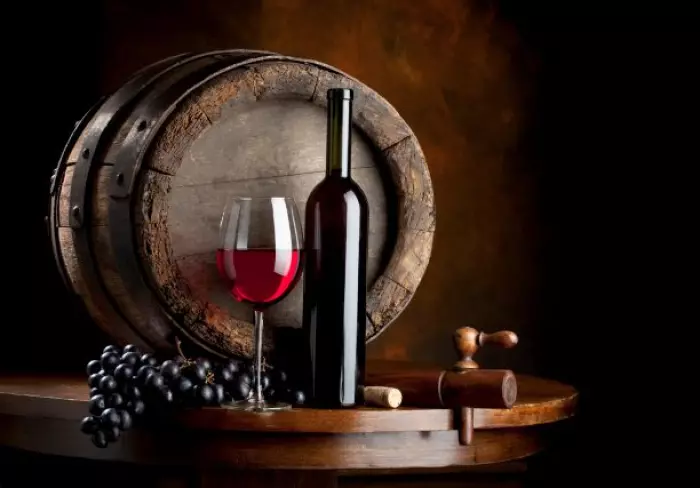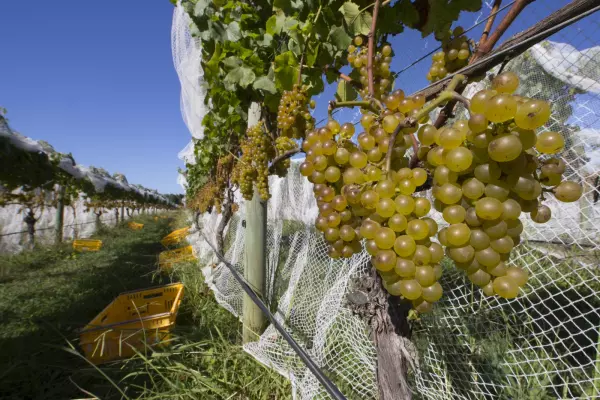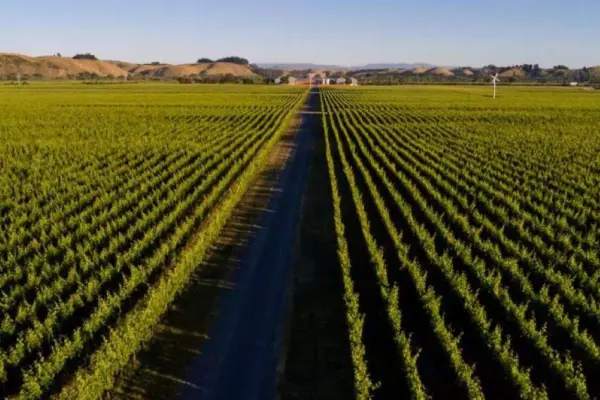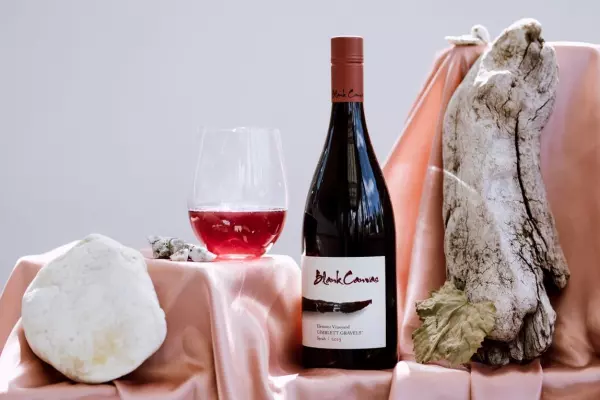In exciting news for wine enthusiasts, the wine website The Real Review has launched The Real Review Wine Classification of Australia and The Real Review Wine Classification of New Zealand.
It’s the first time that classifications have been based on the quality of the wines, judged objectively by impartial professionals.
I should reveal that I am one of those impartial professionals. I have been a principal contributor to The Real Review for nearly seven years and feel a great deal of pride in the part I have played in the classifications.
Wine classifications have been around since Roman times and are widely used today. Perhaps the best-known is the 1855 classification of the red wines of the Médoc. Based on market prices, it has hardly changed in 167 years, unlike ours, which will be quite fluid, with annual updates showing promotions and demotions.
To qualify for The Real Review's classifications, a wine must have been reviewed for at least 10 years (for those vintage-dated). Once a wine qualifies for a classification, it will retain its status for at least four years before it can be demoted.

The inaugural classification for Australia has more than 380 wines and the one for New Zealand features more than 290. (Image: The Real Review website)
Our algorithm calculates the position of individual wines on the classification. The more recent the vintage, the greater the weighting attached to its rating. If there are multiple tastings of a certain wine, the highest score is the one that counts.Non-vintage wines, which are mostly sparkling and fortified, are treated differently. These wines must have been tasted recently and tasted a minimum number of times over a span of years.
Check out The Real Review website for information on the criteria for all categories.
The classifications have three levels:
MMM, or Triple Merit: includes wines with an aggregate rating range of 96-100 points.
MM, or Double Merit: features wines with an aggregate rating of 94-95.9 points.
M, or Single Merit wines: those with an aggregate rating of 92-93.9 points.
Approximately 385 Australian wines and 292 from NZ achieved entry into our inaugural classifications.
Why classify wines?
We want to celebrate excellence. We believe that objective commentary on wines helps both consumers and producers. The classifications are a natural extension of The Real Review Top Wineries lists that we publish each year. Whereas the Top Wineries lists rate a winery on the accumulated ratings of its wines, the classifications will rank wines over a considerably longer period.
Our classifications differ from others in that they are:
- Not based on price or resale value.
- Not based on ratings of vineyards (as in Burgundy or Alsace).
- Not based on wine production formulas (eg time spent in barrel).
- Not based on a region – we include the entire country.
- Not based on any individual or group’s personal preferences.
Our classifications are based on blind tastings and algorithmic assessment, which take any possible prejudice out of the equation.
We invited wineries to submit back-vintages to fill any gaps in our database, and as a result, we held several days of panel tastings earlier this year. We are grateful to all the wineries that raided their precious library stocks of wine in order to qualify for the 10-year minimum.
We at The Real Review plan to celebrate the launch of our wine classifications of Australia and of NZ at various events in the New Year. We will have current and back vintages of some of the classified wines for tasting. We hope to see you there.
Meanwhile, you can explore the classifications by searching for familiar and less-familiar names. Treat them as a shopping list by writing down the wines you haven’t tasted before, then tracking them down and ticking them off your list. Happy hunting!














